Bicep Curl
What is a bicep curl?
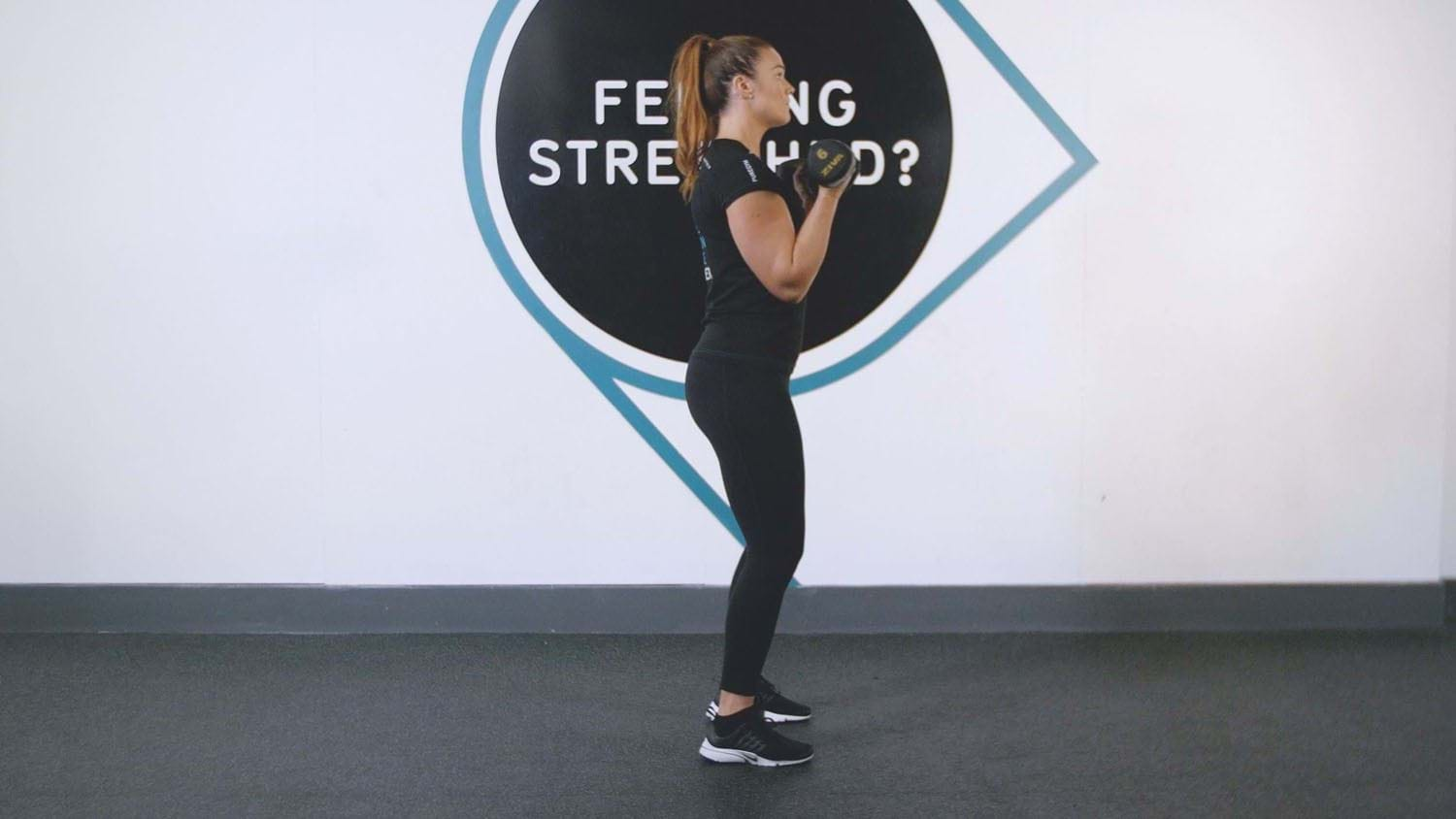
If you're reading this on a tablet or mobile your biceps are one of the muscles helping you hold your device. Located at the front of your upper arms, the bi-articular muscle helps control the motion of both the shoulder and elbow.
Making up about one-third of your arms, the bicep is a highly visible muscle which means regularly performing bicep curls is a fantastically effective way to add definition and a toned look to your arms.
The biceps are one of your most-used muscles, essential to the forearm lifting motion. On a daily basis, hundreds of tasks involve bending your arm at the elbow and bicep curls will help make these actions easier to perform. An added bonus is a stronger grip, as holding the dumbbells used to perform the curls also trains your wrist and finger flexors.
The following isolation exercises will target your biceps and put you on the road to having stronger, healthier, more defined upper arms.
Check out our other arm and shoulder exercises: Forearm and grip exercises, Front raises, Lateral raises, Rear delt exercises, Shoulder presses, Tricep extensions, Upright rows
COMMONLY ASKED QUESTIONS ABOUT BICEP CURLS
It is possible to train biceps everyday provided you give yourself enough rest and recovery between your sessions. If you're training biceps everyday make sure to adjust the volume and training intensity to avoid overtraining this muscle and injury. Keep in mind that more does not necessarily mean better. Your muscles grow while resting, not while training by a process called "super-compensation".
If you're working out your biceps but are struggling to see them grow this could be due to a number of reasons. Here are the main reasons why you might find that you're biceps aren't growing. 1) You are not performing the exercise correctly or optimally. Many lifters make the mistake of using momentum or swinging the weight up. This can inhibit muscle contraction to elicit muscle growth. Performing bicep curls with good technique using a lighter weight is more optimal than using a heavier weight with sub-optimal technique. Take the time to learn good technique. 2) Not enough time under tension. If you're performing reps too fast, consider controlling the tempo at which you curl. 3) You may not be performing the exercise to full range of motion to reap the full benefits.
How fast you build muscle is dependent on a variety of factors. Whilst building muscle takes time, there are some things you can do to make your workouts as optimal as possible to help elicit muscle growth in your biceps such as: 1) Performing bicep exercises with correct form and to full range of motion 2) Focus on progress overload-based training 3) Consuming enough food 4) Consuming sufficient amount of protein 5) Managing recovery, sleep and stress 6) being consistent with your training.
The biceps brachii and brachialis are the main muscles used in bicep curls. The forearms and grip are also challenged.
Bicep curl tips
- Choose a weight that challenges you but that allows you to perform the exercise correctly. If it's too heavy you may be putting strain on other muscles.
- To get the most from your bicep curls, perform repetitions to exhaustion - where you physically can't complete another curl.
- As you perform each curl, try and keep your shoulders and elbows as still as possible, to ensure it's your biceps doing the hard work.
Bicep curl variations
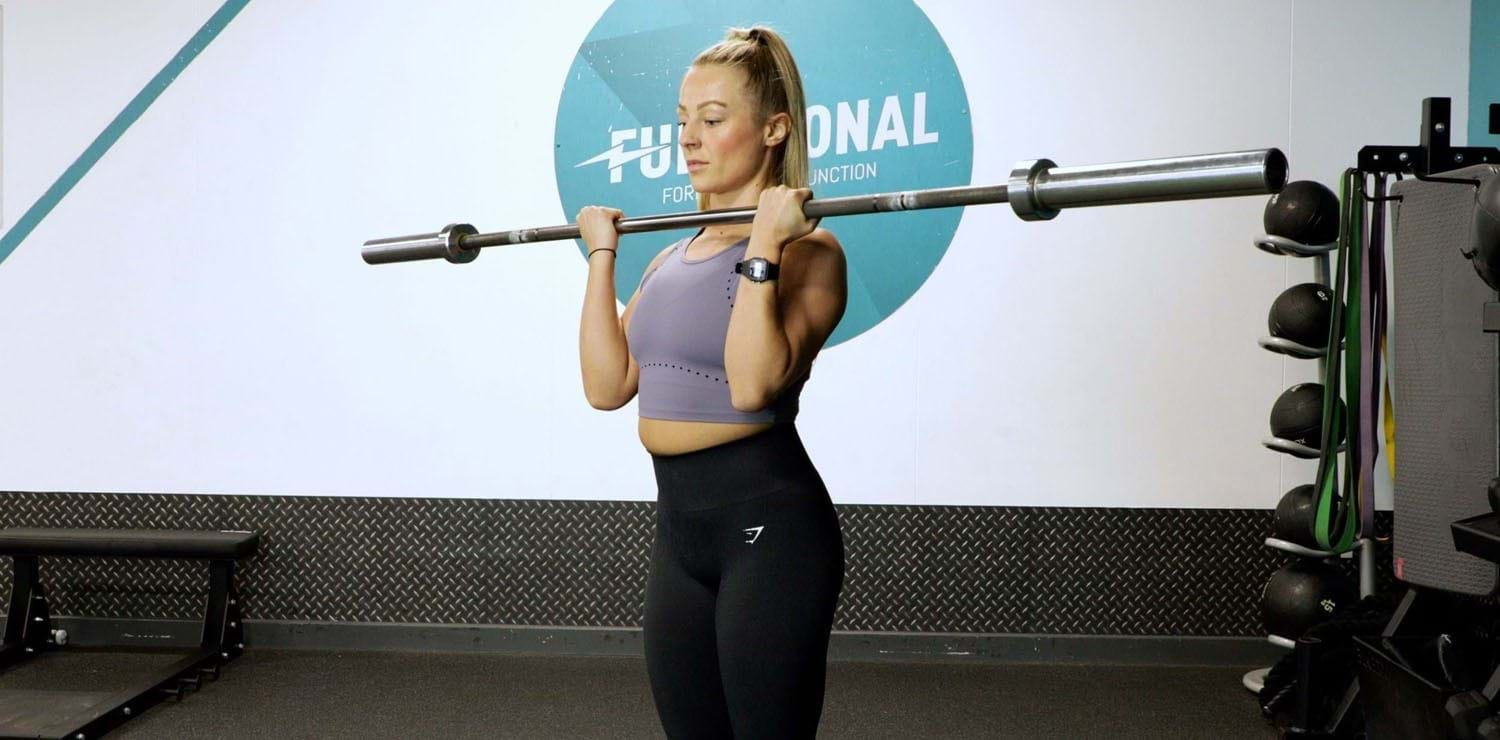
One of the most popular curl variations, the barbell bicep curl is great for challenging the biceps with a heavy load.
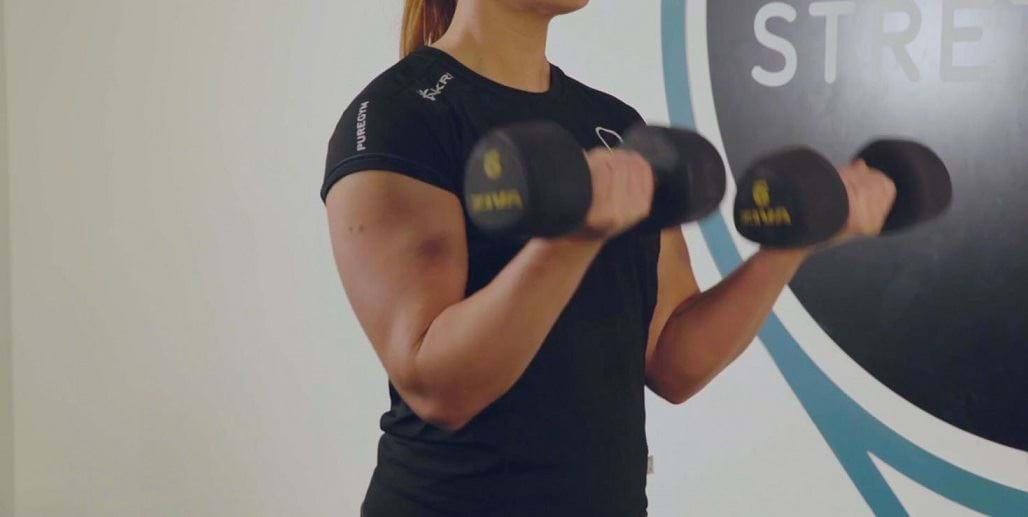
Both single and double dumbbell bicep curls train the biceps unilaterally and provide a greater challenge to stability.
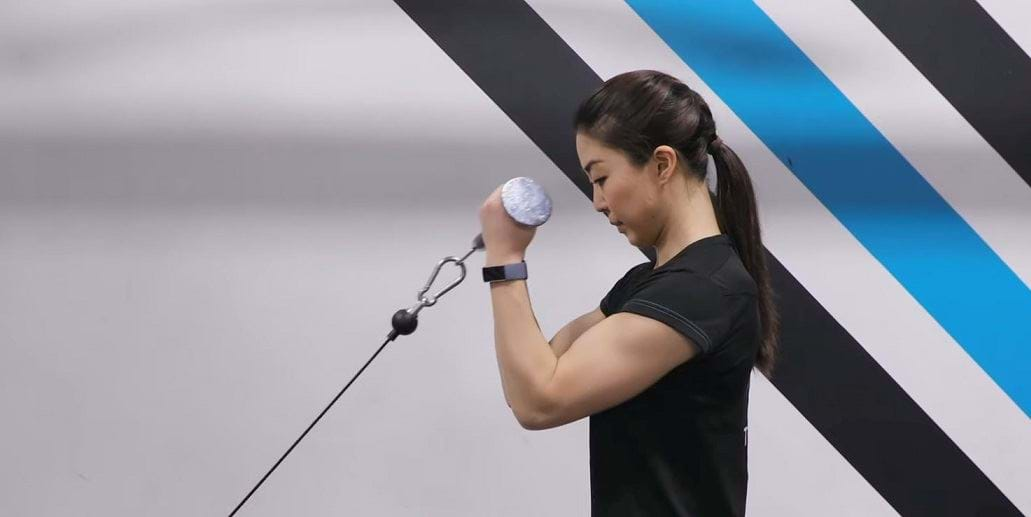
Cable curls provide constant tension while adding stability, helping to keep form and target the biceps efficiently.
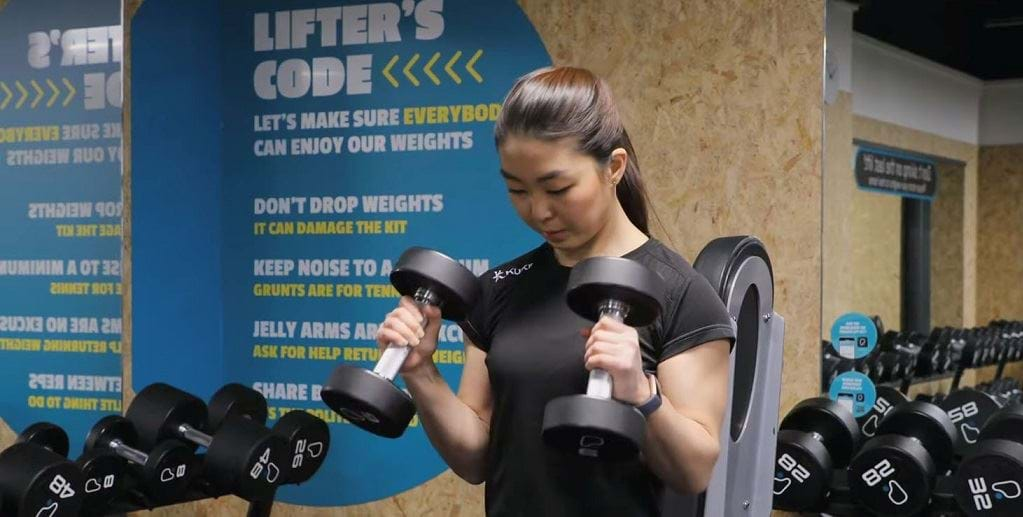
Hammer curls adopt a neutral grip, providing a greater challenge to the forearms and less strain on the wrists.
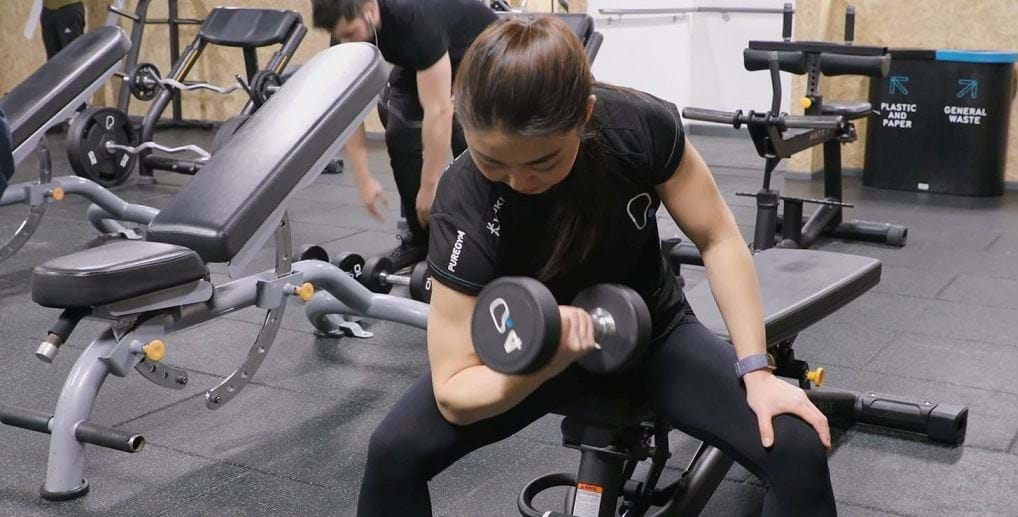
Concentration curls support the working arm, putting more tension on the bicep and improving mind muscle connection.
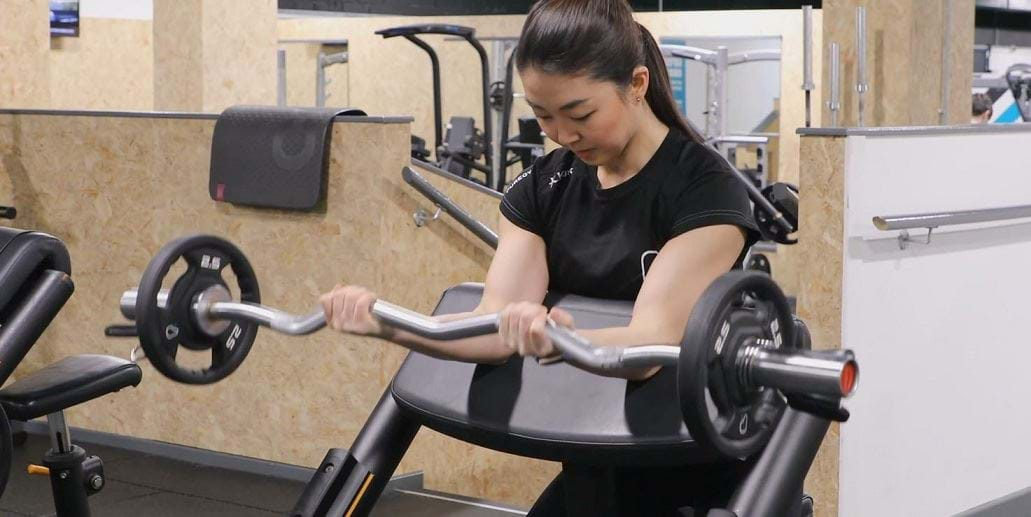
Preacher curls create more tension on the biceps and improve form by eliminating support from other muscles.
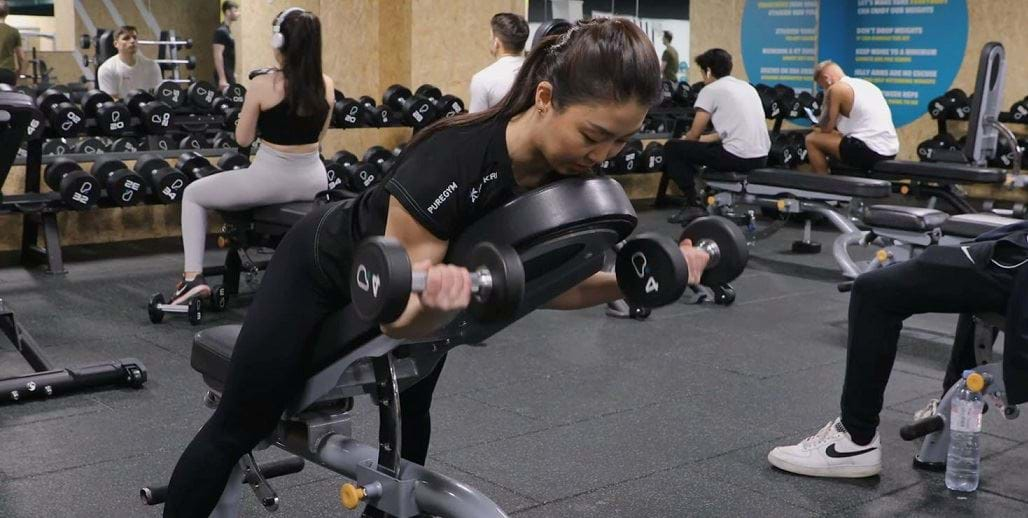
Spider curls force the torso to remain still, eliminating momentum for more challenge to the biceps.
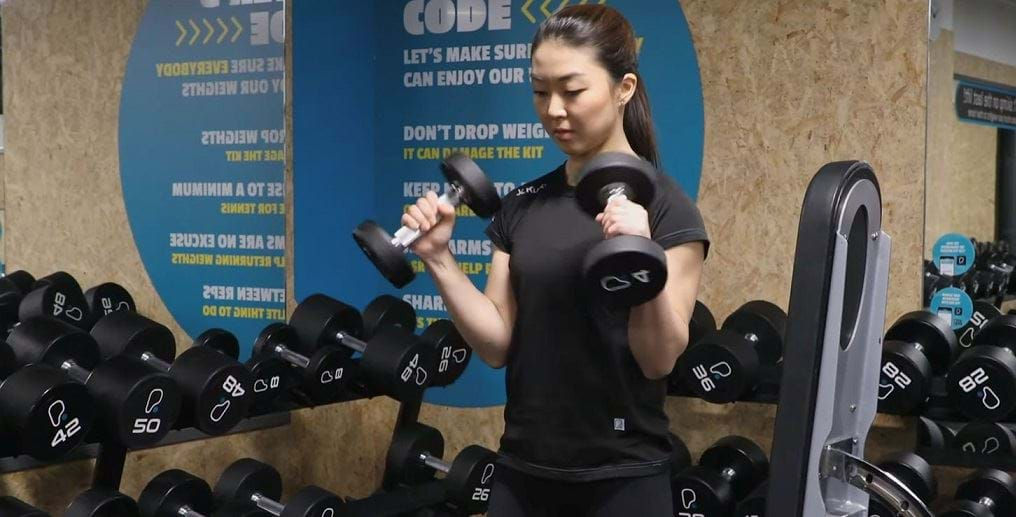
Zottman curls use both a supinated and pronated grip, exposing the forearms to a greater load.
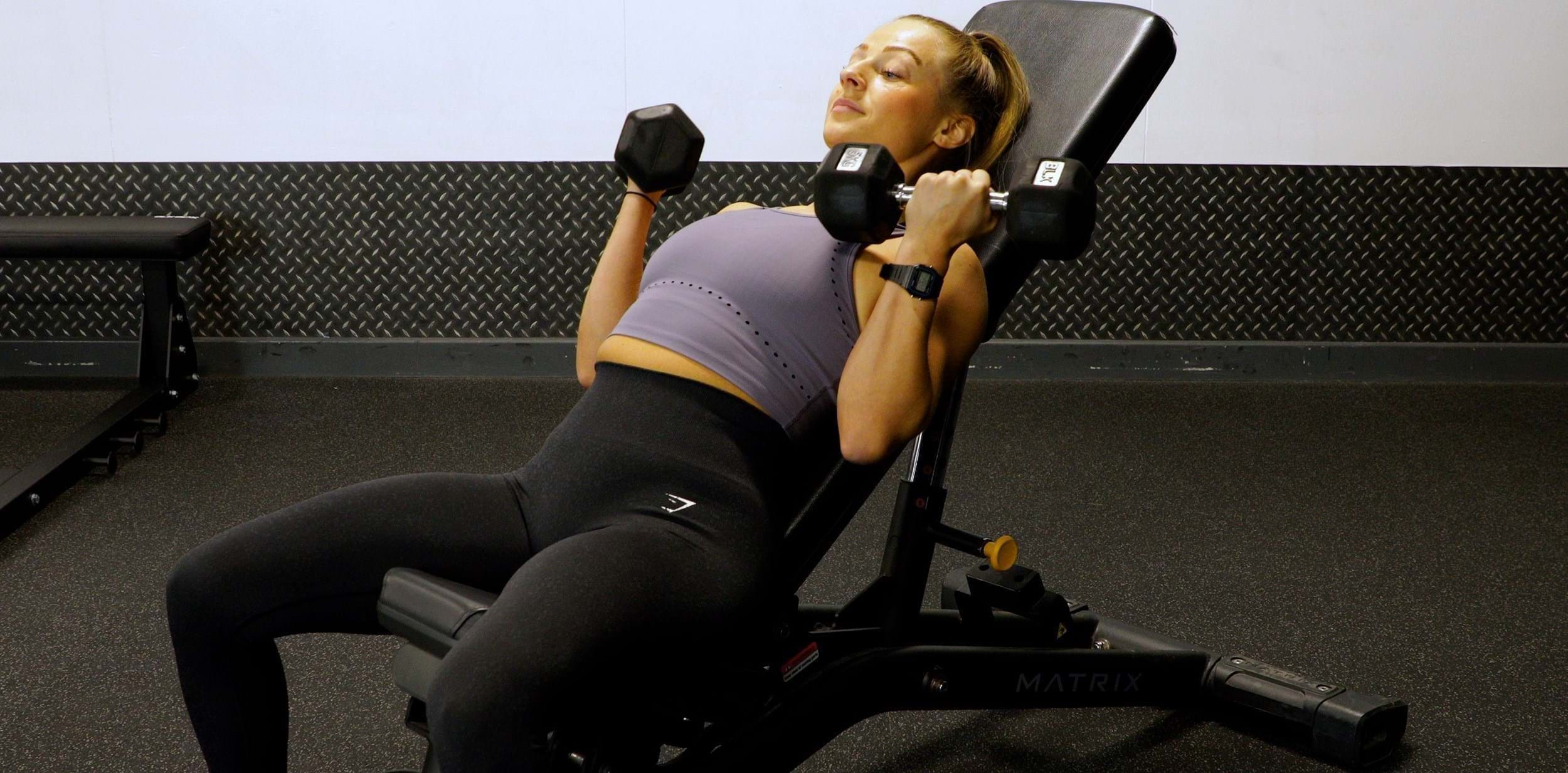
Incline bicep curls create a greater range of motion and place more emphasis on the long head of the bicep.
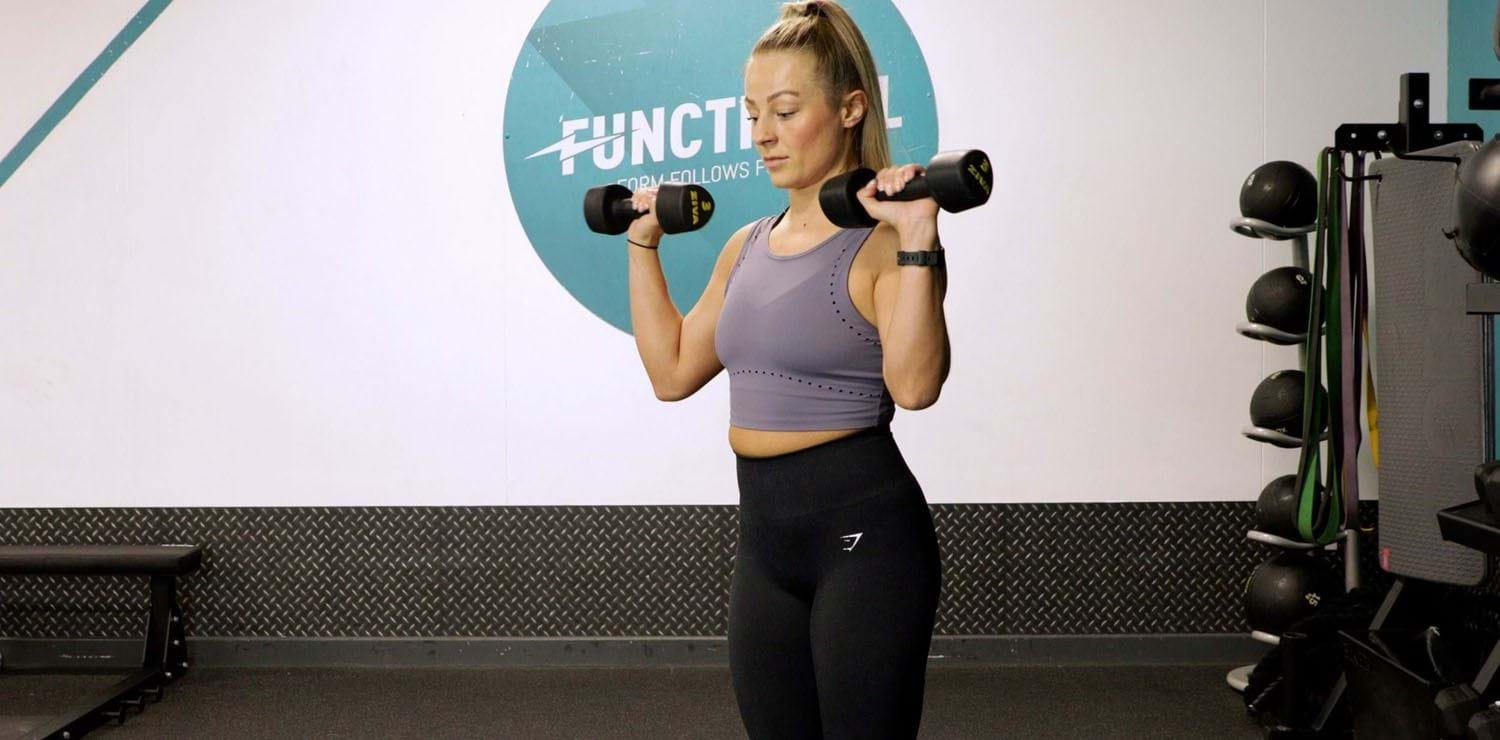
Reverse bicep curls use a pronated grip, providing greater challenge to the forearms and less strain on the wrists.
If you’re not sure if any of the above exercises are suitable for you, please consult your doctor before you start it. Need guidance on how to perform the exercise? Ask a personal trainer at your gym.